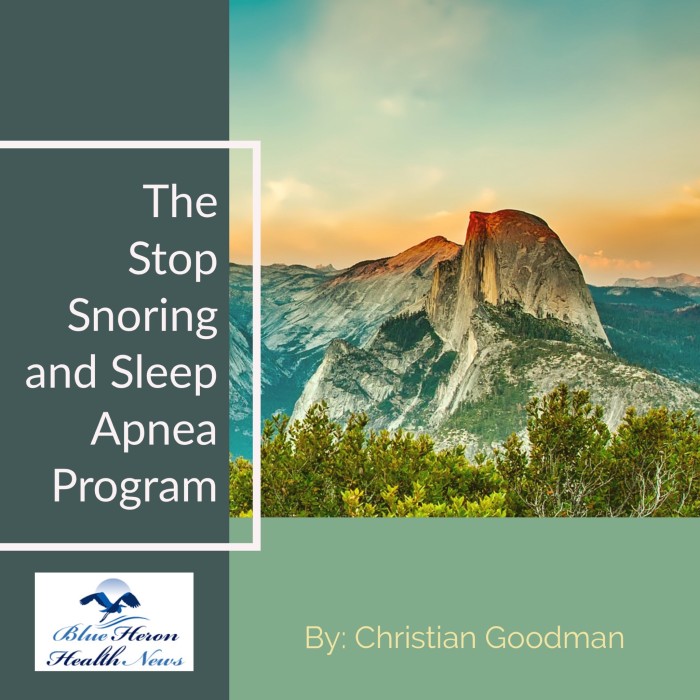
The Stop Snoring And Sleep Apnea Program™ By Christian Goodman f you have been suffering from snoring and sleep apnea and you are looking for permanent, cost effective and natural solution then The Stop Snoring and Sleep Apnea Program will help you. All strategies given have been tested and proven to work.
Stages of Parkinson’s Disease
Parkinson’s disease is a progressive neurological disorder that affects movement and can lead to various non-motor symptoms. The disease typically progresses through five stages, with symptoms becoming more severe over time. Here is an overview of the stages of Parkinson’s disease:
Stage 1: Mild Symptoms (Early-Stage Parkinson’s)
- Symptoms: In this stage, symptoms are typically mild and may not interfere significantly with daily life.
- Tremors or other movement symptoms (such as slight shaking of a hand or leg) often affect one side of the body (unilateral symptoms).
- Changes in posture, facial expressions, or walking may be subtle but noticeable to those close to the individual.
- Impact on Daily Life: Individuals are generally able to continue with normal activities, though they may notice slight changes in movement or dexterity.
- Treatment: Medication, such as levodopa or dopamine agonists, may be prescribed to manage symptoms, but treatment may not yet be necessary.
Stage 2: Moderate Symptoms (Bilateral Involvement)
- Symptoms: Symptoms become more pronounced and now affect both sides of the body (bilateral symptoms).
- Tremors, rigidity, and bradykinesia (slowness of movement) are more apparent.
- Walking difficulties and poor posture may start to emerge, and facial masking (a reduction in facial expressions) may become noticeable.
- Impact on Daily Life: Daily tasks become more difficult, though the person is still largely independent.
- Balance is not yet affected, but performing tasks like dressing, brushing teeth, or writing may take longer and require more effort.
- Treatment: Medication is usually necessary to control symptoms at this stage, and physical therapy may be introduced to maintain mobility and flexibility.
Stage 3: Mid-Stage Parkinson’s Disease (Postural Instability)
- Symptoms: The hallmark of stage 3 is the emergence of balance problems and postural instability.
- Movements become significantly slower (bradykinesia), and falls may become more common.
- Motor symptoms such as tremors, rigidity, and slowed movements are now more pronounced.
- Impact on Daily Life: While individuals are still capable of independent living, they may need assistance with some activities, especially those that require balance.
- Tasks such as getting dressed, cooking, or walking may become more challenging, and a risk of falls may limit mobility.
- Treatment: Medications are adjusted, and physical therapy and occupational therapy become more important to address mobility and safety concerns.
Stage 4: Severe Symptoms (Significant Disability)
- Symptoms: In this stage, symptoms are severe and disabling.
- Individuals may experience significant muscle rigidity, bradykinesia, and tremors, making movement very difficult.
- Walking may require a walker or other assistive device, and falls are more frequent.
- Impact on Daily Life: The person is likely to require help with most daily activities, such as dressing, eating, and bathing. Independence is significantly reduced, though the individual may still be able to stand or walk with assistance.
- Treatment: Medication continues to be crucial, but its effectiveness may begin to decline, leading to periods when symptoms are not well controlled (known as “off periods”). Surgical interventions like deep brain stimulation (DBS) may be considered.
Stage 5: Advanced Parkinson’s Disease (Severe Disability)
- Symptoms: This is the most advanced stage, characterized by severe motor symptoms and a loss of physical function.
- The person may be unable to stand or walk and may be confined to a wheelchair or bedridden.
- Around-the-clock care is typically required, as even basic tasks such as eating and personal hygiene are extremely difficult or impossible to perform independently.
- Non-Motor Symptoms: In addition to worsening motor symptoms, non-motor symptoms such as dementia, hallucinations, sleep problems, and depression may become more prominent.
- Impact on Daily Life: The individual is fully dependent on others for care and daily activities. Cognitive impairment and mood changes are often more noticeable in this stage.
- Treatment: Medication is continued, but its effectiveness may be limited. Palliative care and supportive therapies are often required to manage symptoms and maintain comfort.
Summary of the Five Stages of Parkinson’s Disease:
- Stage 1: Mild symptoms, affecting one side of the body.
- Stage 2: Bilateral symptoms, but balance is still intact.
- Stage 3: Balance issues begin, increased risk of falls, independent living may still be possible.
- Stage 4: Severe disability, requiring assistance with most activities.
- Stage 5: Advanced, requiring full-time care, possible wheelchair dependence, and cognitive decline.
Parkinson’s disease progresses differently for each individual, with some people experiencing faster or slower progression. Early diagnosis and personalized treatment can help manage symptoms and improve quality of life.
The Stop Snoring And Sleep Apnea Program™ By Christian Goodman f you have been suffering from snoring and sleep apnea and you are looking for permanent, cost effective and natural solution then The Stop Snoring and Sleep Apnea Program will help you. All strategies given have been tested and proven to work.